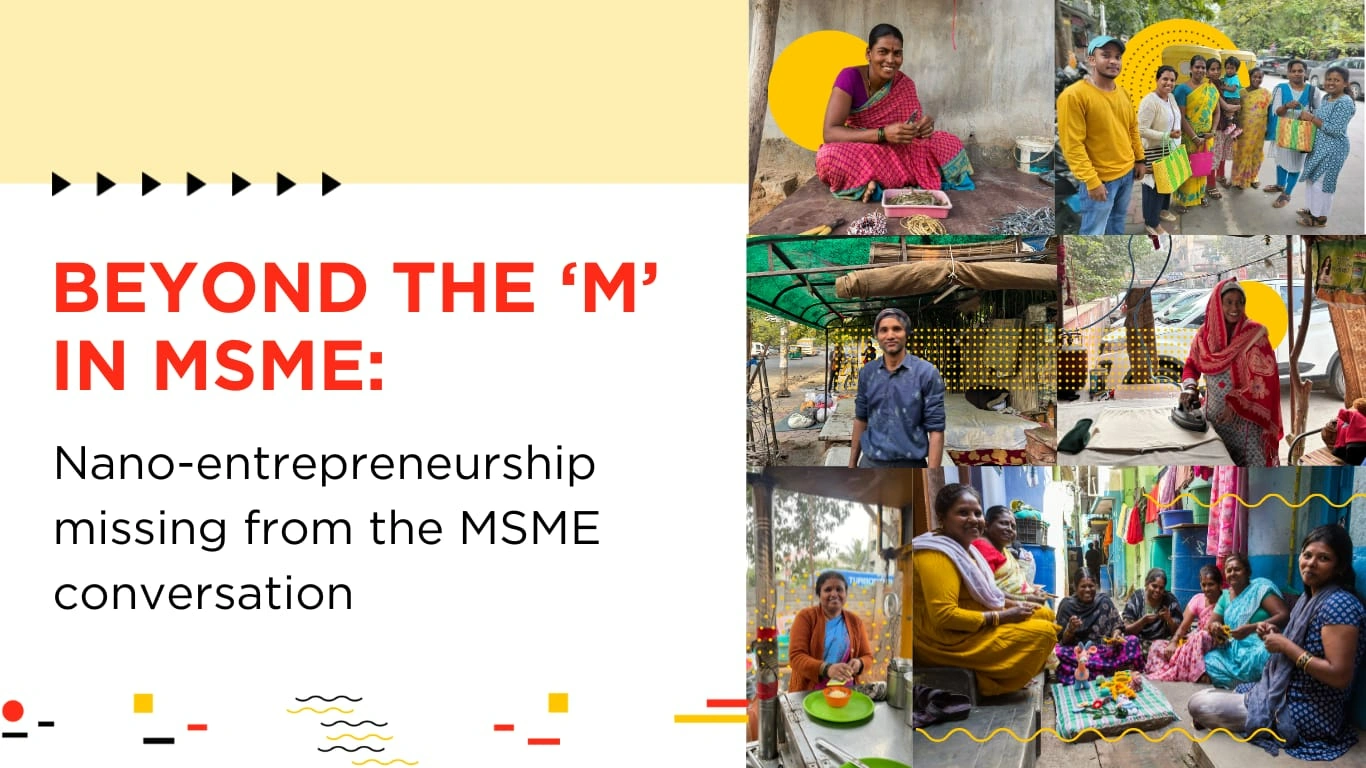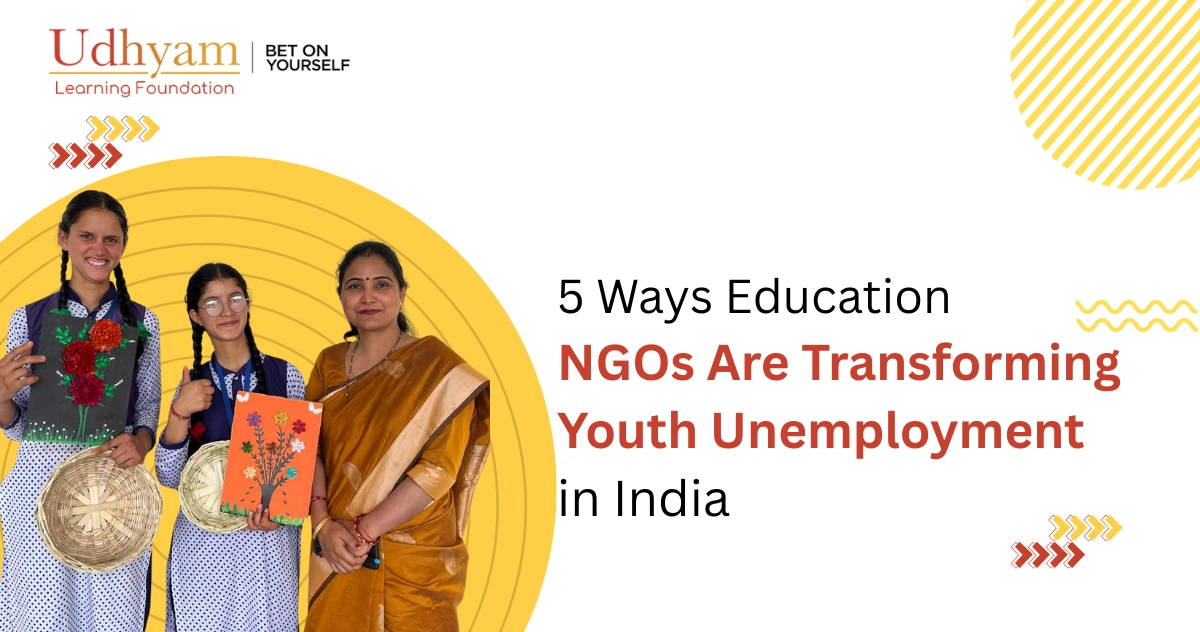Over the past decade, India’s policymakers have increasingly turned to the MSME sector as a pillar of economic growth, employment, and entrepreneurship. But this emphasis often stops at the first “M”, micro enterprises that are still registered and somewhat formalized. The vast universe of nano-enterprises – even smaller, more informal, and frequently unregistered, falls through the cracks.
These nano-enterprises, like food cart vendors, home-based tailors, small artisans, etc are not just underrepresented in formal data, they’re also largely invisible in public imagination and support systems. As a result, they are excluded from policies that aim to empower the very bottom of India’s entrepreneurial pyramid.
The Limits of Current MSME Definitions
As per the Ministry of MSME, a micro enterprise is defined as: Investment ≤ ₹1 crore and turnover ≤ ₹5 crore
(Source: Ministry Notification – March 2025)
But there are millions of enterprises that often operate at annual turnovers of below ₹10 lakh—well below even the lowest thresholds of the micro category. A case in point is Udhyam Vyapaar’s rural cohort where the median income is about Rs. 1500 p.m. [ turnover below 2 lakh per year ]. They remain absent from official datasets (except some partial capture in PLFS labor data) and completely undefined in formal policy language. This lack of classification makes it harder to design support systems suited to their scale and challenges.
The situation is comparable to having pebbles and sand in the same container and using the same method to manage both effectively.
Why Classification Matters
Without distinct recognition, nano-enterprises are invisible to planners and financiers. Their invisibility leads to:
- Ineligibility for existing schemes
- Lack of targeted skill-building and capacity development programs
- Poor financial inclusion
- No structural policy support or representation
Creating a formal definition and dataset for nano-enterprises will not only help identify and track their needs better, but also design differentiated, high-impact interventions.
Policy Skewed Toward the Formalized Few
Recent policy enthusiasm has focused on startups, manufacturing MSMEs, and formalized micro-enterprises that can produce GST records, Udyam registration, or formal bank transaction history. Examples include:
- Emergency Credit Line Guarantee Scheme (ECLGS) during COVID-19
- Credit Guarantee Fund Trust for Micro and Small Enterprises (CGTMSE)
- Production Linked Incentive (PLI) schemes
But these programs presume formal documentation and compliance that nano-enterprises simply do not have. Street vendors, home-based workers, small-scale artisans, and recyclers are left out of the fold.
Even schemes like PM SVANidhi and PM Vishwakarma Yojana, which aim to reach informal workers, face some execution gaps and do not cover a broad set of nano-enterprises. In many cities, street vendors still lack vending certificates or municipal recognition, making it difficult to access SVANidhi benefits. The Vishwakarma scheme, while recognizing 18 specific trades, leaves out large segments like street food vendors, ironing vendors, home-based snack makers, embroidery workers, and ragpickers.
Broadening the Scope of Inclusion
To make India’s vision of inclusive growth real, we must:
- Define nano-enterprises formally in policy and build dedicated datasets, using broad definitions not set on trades.
- Expand beneficiary lists in schemes like Vishwakarma to include modern informal trades.
- Ease documentation requirements for credit and welfare access.
- Develop tailored p rograms for skilling, marketing, and financial literacy.
- Partner with grassroots organizations to improve outreach and implementation.
The Way Forward
India’s entrepreneurial energy is not confined to startups and export hubs. It is found in gully stalls, home kitchens, roadside repairs, and weekly markets. These nano-entrepreneurs keep local economies running and provide livelihoods to millions. Recognizing and supporting them is not just a moral imperative—it is an economic necessity.
It’s time policymakers saw the full picture of entrepreneurship in India. That starts with naming and counting the nano-enterprises that form its backbone.





